Are you looking to optimize your online lead management strategy? In today’s digital world, businesses rely heavily on generating and converting leads through various online channels. To ensure the success of your lead management efforts, it’s crucial to monitor key metrics that provide valuable insights into the effectiveness of your online lead generation and conversion processes. In this article, we will explore the key metrics you should be monitoring to achieve optimal online lead management. So, let’s dive in and discover how you can maximize your lead generation potential!
Introduction
Online lead management plays a pivotal role in the success of any business that operates in the digital landscape. It involves the systematic capture, nurturing, and conversion of leads generated through online marketing efforts. By closely monitoring key metrics, businesses can gain valuable insights into their lead management performance, identify areas for improvement, and optimize their strategies to maximize conversions.
Key Metrics to Monitor for Optimal Online Lead Management
To effectively measure the performance of your online lead management activities, it’s essential to focus on specific key metrics. These metrics provide valuable data points that help you assess the effectiveness of your lead generation campaigns, evaluate lead quality, and analyze the conversion rates. Let’s explore the key metrics that deserve your attention:
1. Website Traffic
Monitoring your website traffic is crucial for understanding the volume of visitors your online presence attracts. Analyzing website traffic metrics, such as the number of unique visitors, page views, and session duration, can help you gauge the effectiveness of your lead generation efforts. By identifying traffic sources and patterns, you can optimize your marketing strategies to attract high-quality leads.
2. Conversion Rate
The conversion rate is a vital metric that indicates the percentage of website visitors who take the desired action, such as filling out a contact form or making a purchase. By tracking the conversion rate, you can assess the efficiency of your lead capture mechanisms and identify areas for improvement. A higher conversion rate signifies a well-optimized lead generation process.
3. Cost per Lead (CPL)
Cost per Lead (CPL) measures the financial investment required to generate a single lead. It helps you evaluate the efficiency of your lead generation campaigns and allocate your marketing budget effectively. By monitoring the CPL, you can identify cost-effective channels and strategies and optimize your lead generation activities accordingly.
4. Lead Quality
Not all leads are equal in terms of their potential to convert into customers. Monitoring lead quality metrics allows you to assess the value of your leads and make informed decisions regarding lead nurturing and prioritization. By analyzing lead quality, you can focus your efforts on the leads that are most likely to convert, increasing your overall conversion rates.
5. Lead Response Time
In the online world, speed is crucial. Monitoring lead response time enables you to evaluate how quickly your team responds to incoming leads. Studies have shown that leads are more likely to convert if they receive a prompt response. By optimizing your lead response time, you can enhance customer satisfaction, build trust, and increase your chances of converting leads into customers.
6. Landing Page Performance
Landing pages are vital components of lead generation campaigns. Monitoring landing page performance metrics, such as bounce rate, time on page, and conversion rate, helps you evaluate the effectiveness of your landing page design and content. By optimizing your landing pages, you can enhance user experience, encourage engagement, and boost lead conversions.
7. Email Open and Click-Through Rates
Email marketing is a powerful tool for lead nurturing and engagement. Monitoring email open and click-through rates allows you to assess the effectiveness of your email campaigns. By analyzing these metrics, you can refine your email content, subject lines, and CTAs to improve engagement and maximize conversions.
8. Social Media Engagement
Social media platforms provide valuable opportunities for lead generation and brand exposure. Monitoring social media engagement metrics, such as likes, comments, shares, and click-through rates, enables you to evaluate the impact of your social media marketing efforts. By analyzing engagement metrics, you can identify content that resonates with your audience and optimize your social media strategies accordingly.
9. Sales Funnel Conversion Rates
Tracking the conversion rates at each stage of your sales funnel is essential for understanding the efficiency of your lead nurturing process. By monitoring funnel conversion rates, you can identify bottlenecks, optimize your lead nurturing strategies, and increase the overall efficiency of your sales funnel.
10. Return on Investment (ROI)
Ultimately, every business wants to achieve a positive return on investment. Monitoring the ROI of your lead management efforts allows you to assess the financial effectiveness of your campaigns. By analyzing ROI metrics, you can identify areas where your marketing dollars are generating the most value and make data-driven decisions to optimize your lead management strategy.
These are just a few of the key metrics that play a crucial role in achieving optimal online lead management. By monitoring and analyzing these metrics, you can gain valuable insights into the performance of your lead generation and conversion processes, enabling you to make informed decisions and optimize your strategies for maximum results.













Zaproxy dolore alias impedit expedita quisquam.